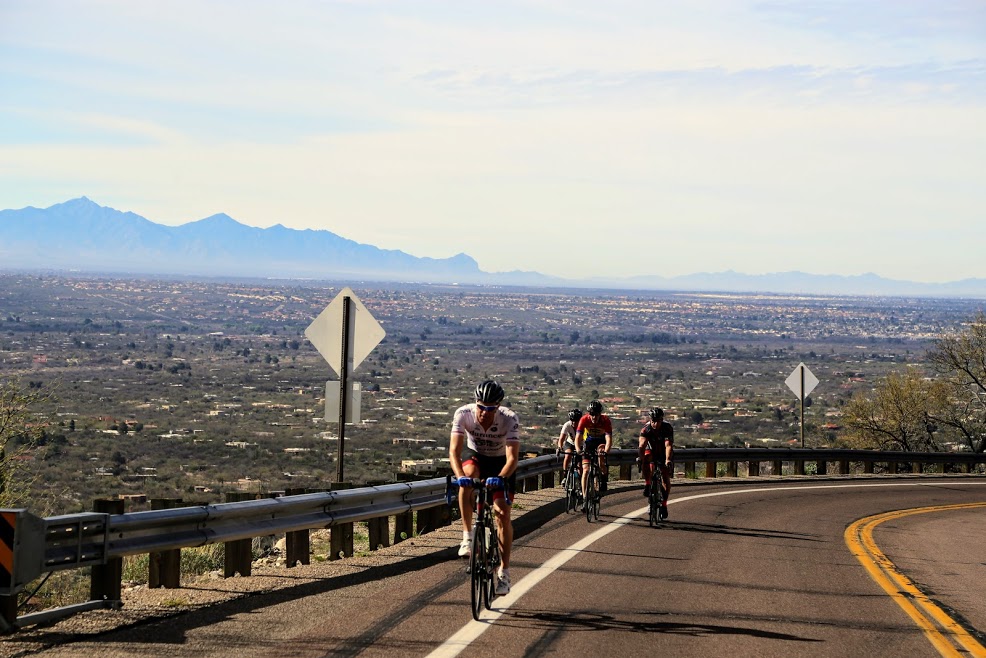Just because you’re not a natural climber doesn’t mean you can’t become one. With a focus on building strength and climbing more efficiently, you’ll learn to love the uphill just as much as the down. Plus, climbing during training has a lot of benefits—the best views are at the top, right? Get better at going uphill with these tips for building strength and speed.
Incorporate hill repeats into your training.
The best way to get better at climbing hills is to…you guessed it…climb more hills! Adding hill repeats into your training isn’t as torturous as it sounds, and it allows for a refreshing amount of workout diversity. For instance: After a warm-up, find a short, steep hill (30–60 seconds) and start by doing five repeats up. Mix in high-cadence intervals and out-of-the-saddle efforts to hit a variety of muscle systems. On a different day, try a longer hill (8–10 minutes) and ascend in a big gear with a low cadence—awesome weight training outside of the gym—or mix in all-out short efforts within the climb.
Play around with seated vs. standing to see which works best for you. It’s a highly individualized choice based on your own body composition and comfort, but generally it’s more efficient to stay seated until the gradient forces you to pop out of the saddle.
Work on your power to weight ratio.
It’s no secret that it’s more difficult to carry 200 pounds uphill than it is to carry 150 pounds. Lighter athletes typically climb easier, but they’re not always stronger because they don’t necessarily have the power and strength to back it up. Carrying extra body fat around definitely won’t help in your hill-climbing endeavors, but be careful to lose weight too quickly—muscle is just as important to the equation.
Spin when you can.
Don’t let the gradient of the climb determine your cadence. Choose your own. Maintain a high cadence (90+rpm) when possible to ensure that you don’t burn all your matches (a.k.a. fast-twitch muscles) by grinding your way up. Think of pedaling in perfect, smooth circles without mashing your gears. Your legs will thank you later.
Consider a cassette upgrade.
If you live in a hilly area—or are headed to one, like Tuscany—consider swapping out your cassette for one with a smaller chainset or wider ratio to allow you to maintain a high cadence even on steep hills. Common “climbing” cassettes are in the 11-28, 11-32, and 11-36 range, and when paired with a compact chainset, you’ll have even more smaller gear options.
Add in functional strength to your routine.
Getting strong off the bike is an important piece to the overall climbing puzzle. Even a little bit of focused, purposeful strength training will help. Consider movements that mimic what you’re doing on the bike. Single-leg squats or hops force you to work on muscle imbalances; planks with leg lifts emulate your bike position (steady core with moving legs); and plyometrics (i.e. box jumps) increase your explosive power.
Join (hilly) group rides.
It’s easier to get out of your climbing comfort zone when you’re chasing other riders up a hill. Don’t shy away from hilly routes—they make you stronger in the long run.
